This vCard is For Sale, Buy it for: $16,00
Roberto Cozzi indoor swimming pool
The Roberto Cozzi indoor swimming pool is an indoor sports facility located in Milan, in via Tunisia, inaugurated on May 3, 1934.
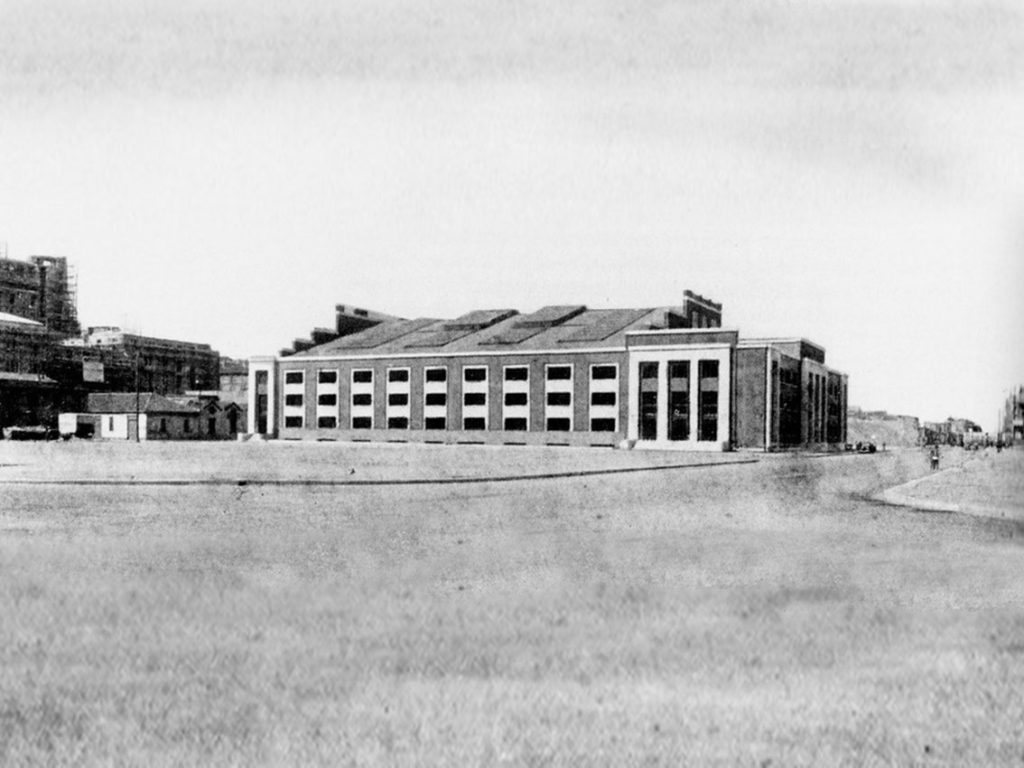
The first fully covered swimming pool in Italy, it is the work of the engineer and architect Luigi Lorenzo Secchi (1899-1992) who had built a few years earlier the uncovered system of the Roman swimming pool.
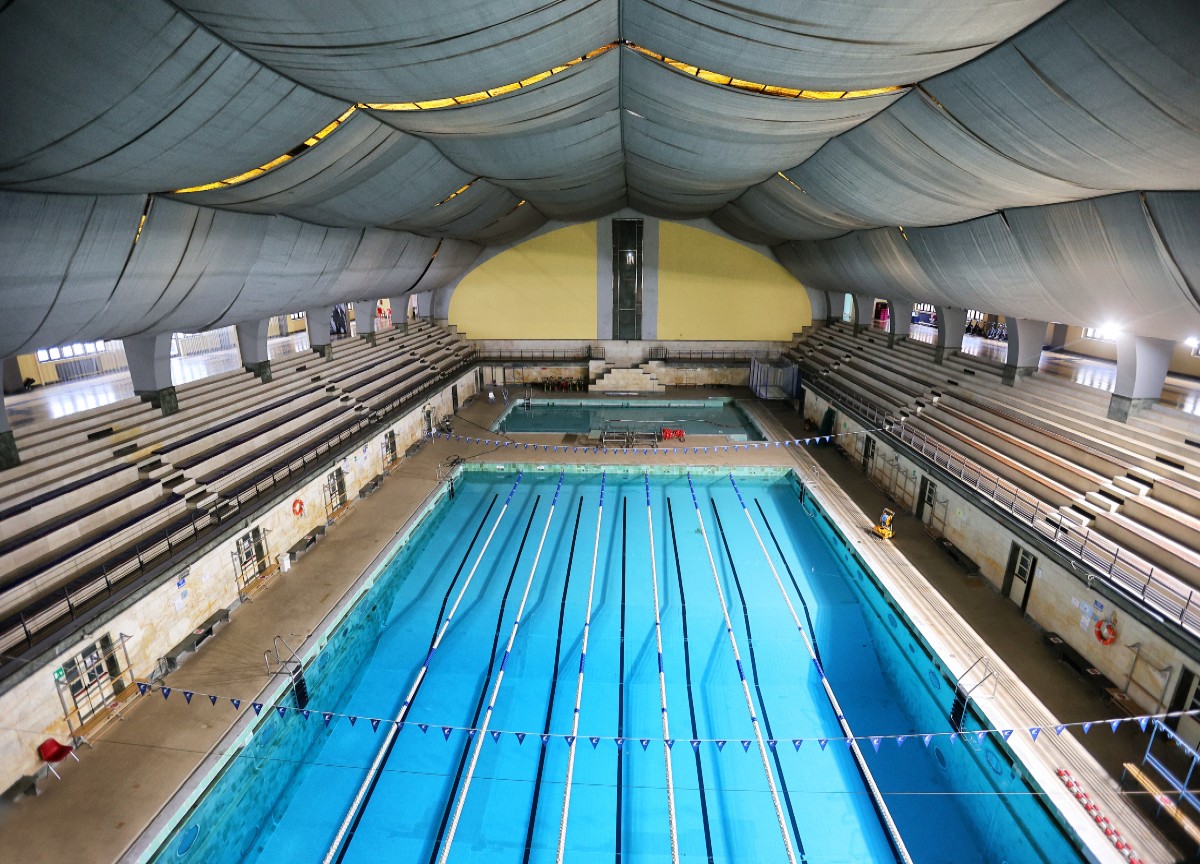
The pool is named after the Milanese military gold medalist Roberto Cozzi (1893-1918).

Today the structure is the federal center of the Italian Swimming Federation.
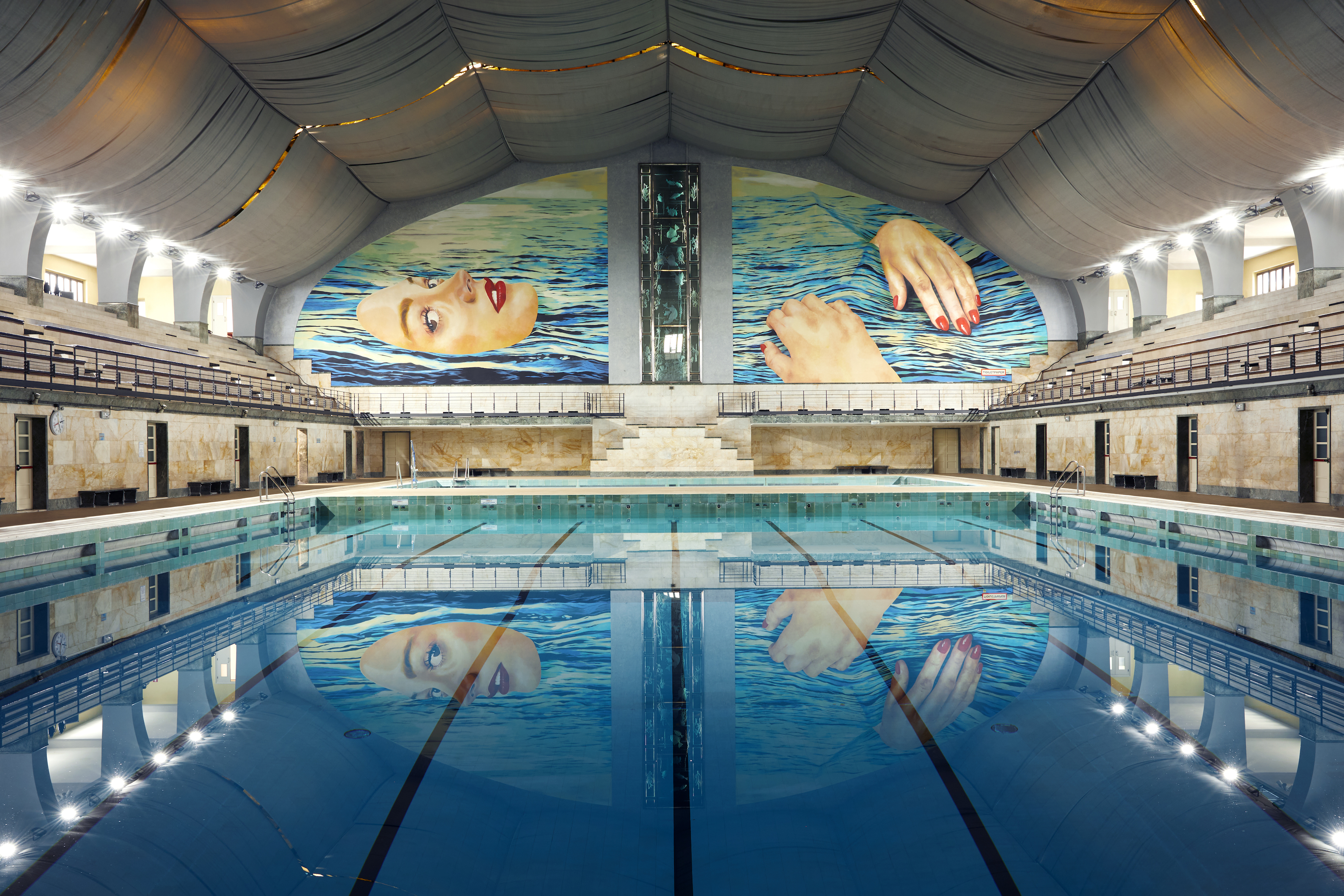
History
The construction of the Cozzi indoor pool was promised in July 1929 by the then Podestà of Milan Giuseppe De Capitani d'Arzago during the inauguration ceremony of the Romano outdoor pool.
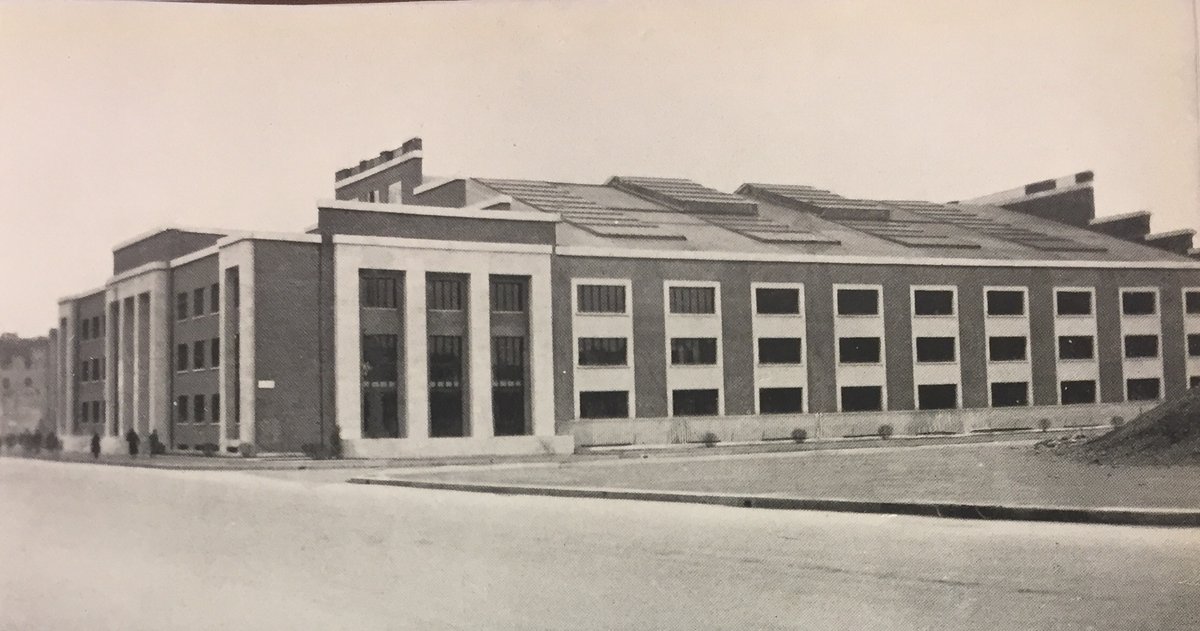
At the behest of the mayor Marcello Visconti di Modrone, who succeeded Capitani, the first projects of the new structure that would become the largest indoor swimming pool in Europe of those times date back to that same 1929, surpassing the swimming pools in the breadth of the halls and pools. Hallenschwimmbad of Berlin-Mitte in Germany and Margaret Island of Budapest in Hungary.

The design and direction of the works were entrusted to the architect Luigi Secchi, then Head of the Special Section of Buildings and Sports Facilities of the Technical Office of the Municipality of Milan.

Secchi was particularly active in those years: in 1933 he was engaged in the direction of important public works in Milan including the covered local market in viale Monza, the sports fields in via Pascal and via Fedro, the municipal swimming pool in via Cambini and the public schools in piazza Leonardo da Vinci and via Monte Velino.
Cozzi's project was the most rewarding and demanding work that Secchi defined as the result of "functional architecture".
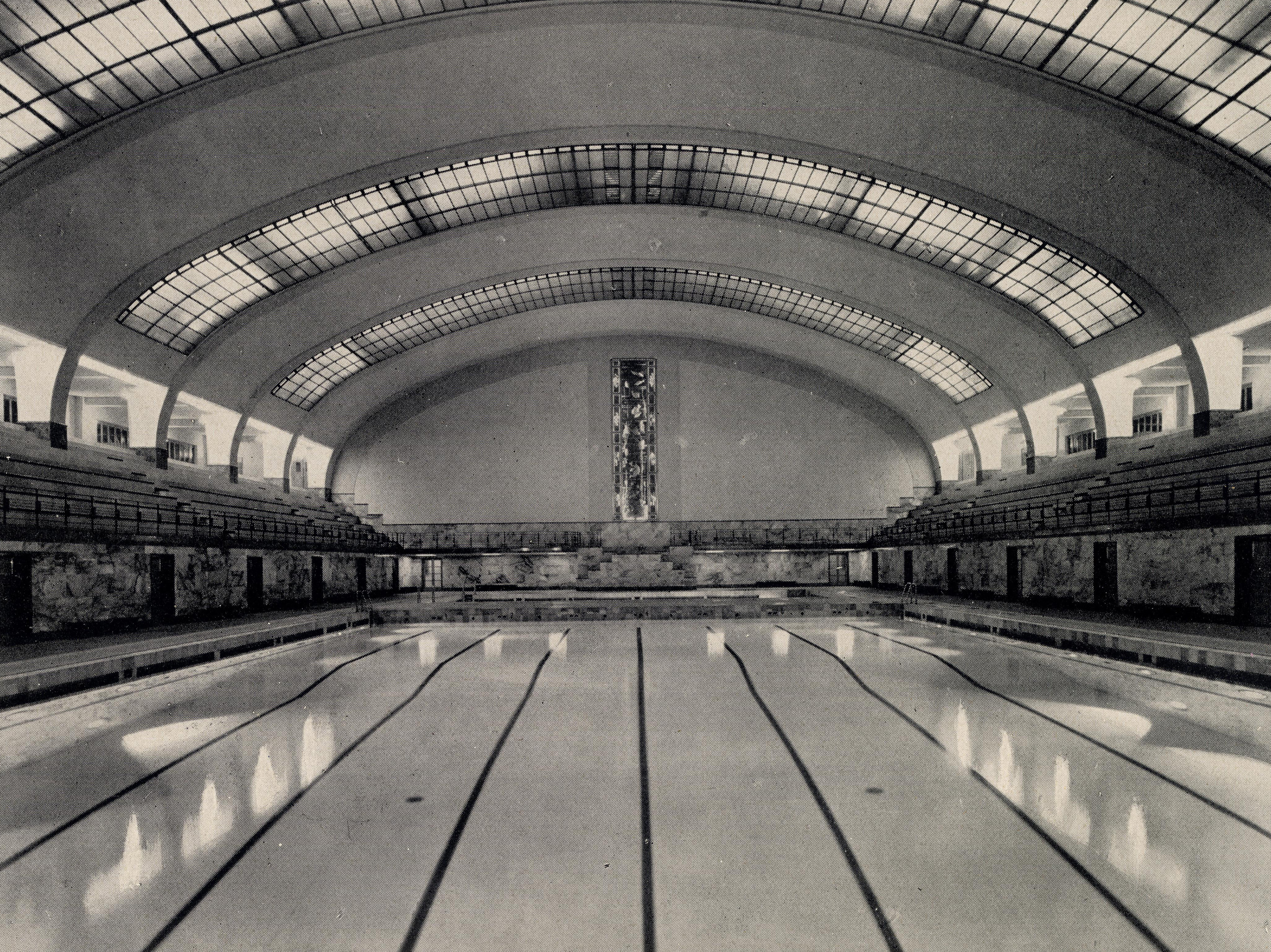
The system was developed on a surface area of ??4,800 square meters on the side of the new avenue (then viale Regina Elena, today viale Tunisia) obtained from the demolition of the railway viaduct that connected the old Central Station to the Acquabella junction: the area was chosen because it was very central and placed within the direction of maximum development of the city.

The area was also served by the new Central Station, the Varesine electric trains and numerous tram lines, making the plant easily accessible from most of the city districts and tourists who gravitated to Milan.

Furthermore, since the area was relatively free from regulatory constraints, it was possible to obtain large parking lots adjacent to the swimming pool capable of accommodating 400 cars and to prepare large green areas around the plant.

Another advantage of the chosen location was the arrangement of the major axis from North to South, an orientation that favored insolation inside the plant for many hours during the day, giving the rooms "a cheerful and festive note inside".
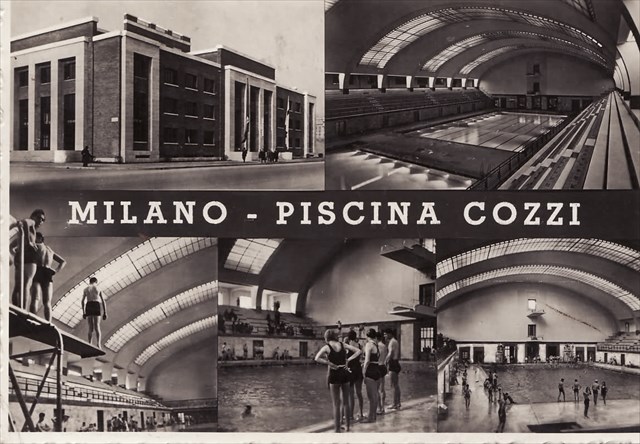
The excavation work began on 23 October 1933 and the plant was built in 194 days, of which only 63 were immune to rain and frost; the climatic conditions made the construction of the structure particularly complex for which it was necessary, due to the frost, to equip the site with hot water production and distribution systems to allow the concrete to be cast.

The inauguration of the facility took place on May 3, 1934, in conjunction with the Littoriali dello sport of that year, solemnly opened at the Arena and whose swimming competitions were held in the new swimming pool.
Video: Roberto Cozzi indoor swimming pool
Map: Roberto Cozzi indoor swimming pool
Address: Viale Tunisia, 35, 20124
Milano (MI) Lombardia
Latitude: 45.478432870323886
Longitude: 9.200845956802366
Site: http://www.milanosport.it/impi...
vCard created by: CHO.earth
Currently owned by: 1824384574465443
Type: Building
Function: Sports Center
Creation date: 22-09-2021 03:41
Last update: 22/09/2021
vCard Value: $16,00
vCard Views: 1219